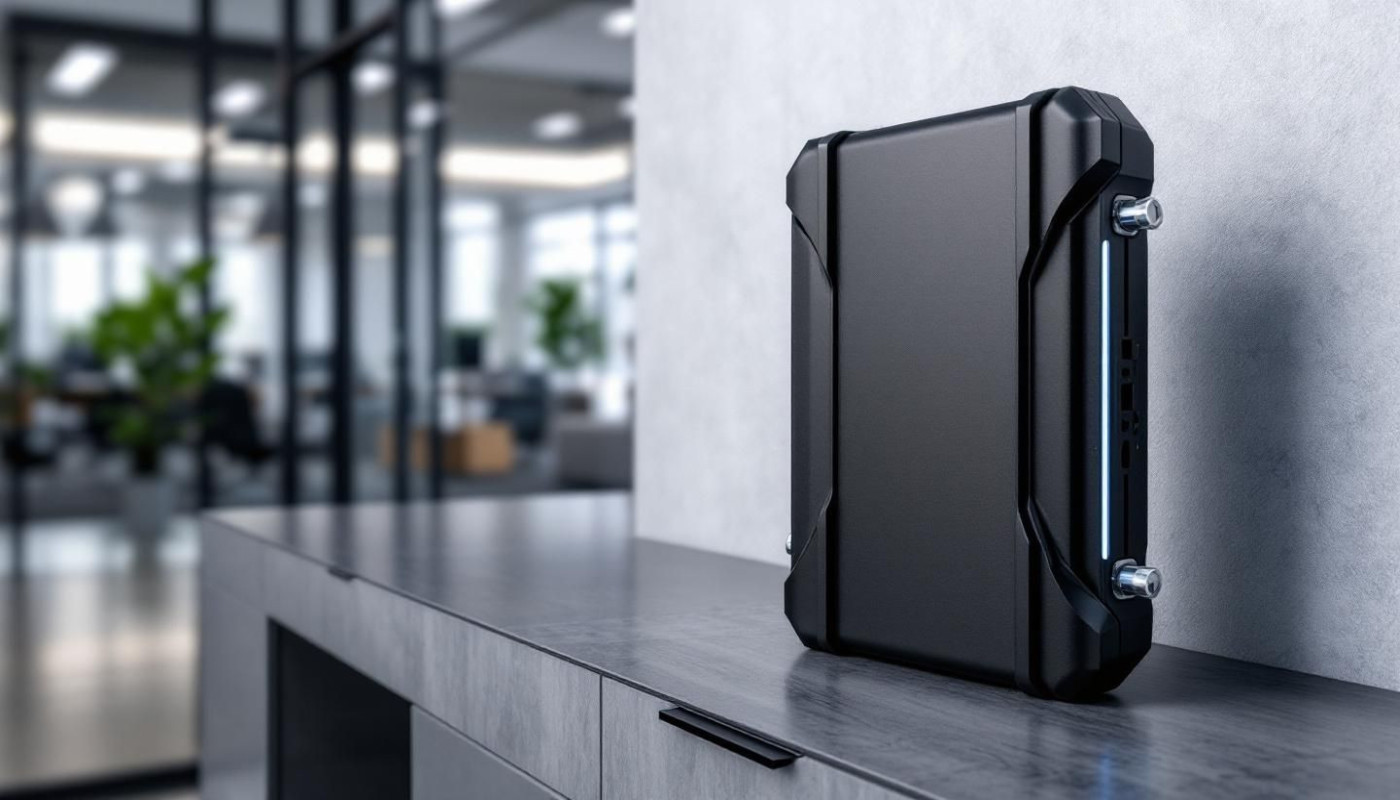Table of contents
Imagine walking into a building and experiencing flawless mobile connectivity in every corner—no dropped calls, no frustrating dead zones. Enhancing in-building mobile signals has become an increasingly relevant solution for modern structures where traditional coverage often fails. Dive deeper to discover why improving indoor mobile signal is not just a luxury, but a game-changing necessity for both businesses and residents.
Understanding signal challenges indoors
Indoor mobile signal often suffers due to several obstacles that lead to signal attenuation, the reduction in signal strength as it passes through a building. Dense construction materials such as concrete, brick, and metal significantly impede building coverage by absorbing or reflecting radio waves, creating spots with weak or no connectivity, commonly called dead zones. Architectural layouts, including thick internal walls and complex floor plans, further contribute to inconsistent signal distribution. In both residential and commercial environments, signal interference from electronic devices—like Wi-Fi routers, microwaves, and wireless security systems—adds another layer of difficulty, disrupting mobile reception and compounding connectivity problems. As a result, these factors collectively make achieving reliable indoor mobile signal a persistent challenge across a variety of modern structures.
Boosting productivity and communication
Enhanced in-building mobile signals play a pivotal role in elevating workplace productivity and communication efficiency across different industries. When employees and management enjoy robust network reliability, delays and disruptions in mobile communications are minimized, directly impacting the speed and quality of daily operations. A reliable mobile coverage solution ensures that vital calls, messages, and video conferences proceed uninterrupted, allowing teams to collaborate in real-time. This seamless connectivity leads to higher employee satisfaction, as staff can perform their duties without the frustration of signal loss or slow data speeds, which often hinder workflow and decision-making processes.
The effect of strong in-building mobile coverage extends to customer service, where instant communication is necessary to resolve issues, process requests, and deliver timely updates. Businesses leveraging improved mobile networks can engage with customers more efficiently, reinforcing trust and loyalty. Furthermore, as remote work and hybrid work arrangements become increasingly common, reliable mobile signals within office environments support flexible working models. Employees switching between in-office and remote locations require consistent connectivity to maintain workplace productivity, making network reliability a key driver of operational success.
Organizations are exploring advanced solutions such as Private 5G networks to further enhance in-building mobile coverage, providing tailored connectivity with greater security and performance. These systems, often outlined by experts at Private 5G networks, demonstrate how integrating a mobile coverage solution addresses current and future demands for seamless connectivity within modern workplaces.
Supporting emergency response systems
A strong mobile signal within buildings is a foundational element for efficient emergency communication and building safety. When emergencies arise, first responders depend on uninterrupted connectivity to coordinate rapid actions and receive crucial information. Poor signal quality can delay or even block calls, putting lives and property at risk. Integrating a public safety distributed antenna system (DAS) into a building’s infrastructure ensures that emergency communication devices function optimally throughout the entire premises, from underground parking areas to upper floors. This technology also supports reliable alerts, allowing fire alarms and other emergency notifications to be sent without delay to both occupants and response teams.
Implementing signal enhancement measures such as a public safety DAS not only supports effective communication for first responders but also assists buildings in maintaining compliance with stringent safety protocols and local regulations. The ability to support emergency alert systems, such as mass notification and fire alarm signaling, is now increasingly mandated in modern construction codes. As buildings become more complex, the integration of robust signal enhancement solutions directly contributes to the overall safety of occupants and the efficiency of emergency response operations, reinforcing confidence in the building’s readiness to handle emergencies.
Enhancing tenant and visitor experience
Strengthening indoor connectivity through in-building mobile signal enhancements significantly boosts tenant satisfaction and visitor experience, directly impacting user experience (UX) within commercial properties. Reliable mobile coverage enables seamless communication, uninterrupted browsing, and quick access to information—key factors that modern tenants and visitors expect. This advancement not only supports everyday conveniences such as secure mobile payments and navigation but also empowers the widespread adoption of smart building solutions, including automated lighting, access controls, and energy management systems.
As expectations for robust connectivity grow, buildings offering superior indoor connectivity stand out in the marketplace, leading to increased property value and heightened competitiveness. Tenants are more likely to renew leases in environments where their needs for consistent communication and advanced technology integration are met. Visitors, meanwhile, are drawn to venues where staying connected is effortless, enhancing the overall perception of the property. Effective mobile signal improvements, orchestrated by commercial property managers, translate into a tangible boost for both tenant satisfaction and visitor experience, ensuring properties remain appealing and technologically advanced.
Future-proofing with scalable solutions
Implementing a modular system architecture for in-building mobile signal enhancements provides a robust approach to scalable infrastructure, addressing both current and future technology requirements. With the rapid evolution of mobile standards and the surge in device connectivity demand, buildings outfitted with adaptable solutions remain ahead of network upgrades without significant overhauls. Scalable infrastructure allows for seamless integration of new technologies, supporting building modernization efforts and ensuring that tenants and visitors experience uninterrupted connectivity as user needs evolve. By investing in systems designed with future technology in mind, property owners can easily accommodate upgrades such as 5G or IoT expansions, while minimizing operational disruptions and maximizing long-term value. This proactive strategy not only ensures compliance with emerging standards but also attracts tech-savvy occupants who prioritize high-performance connectivity.






